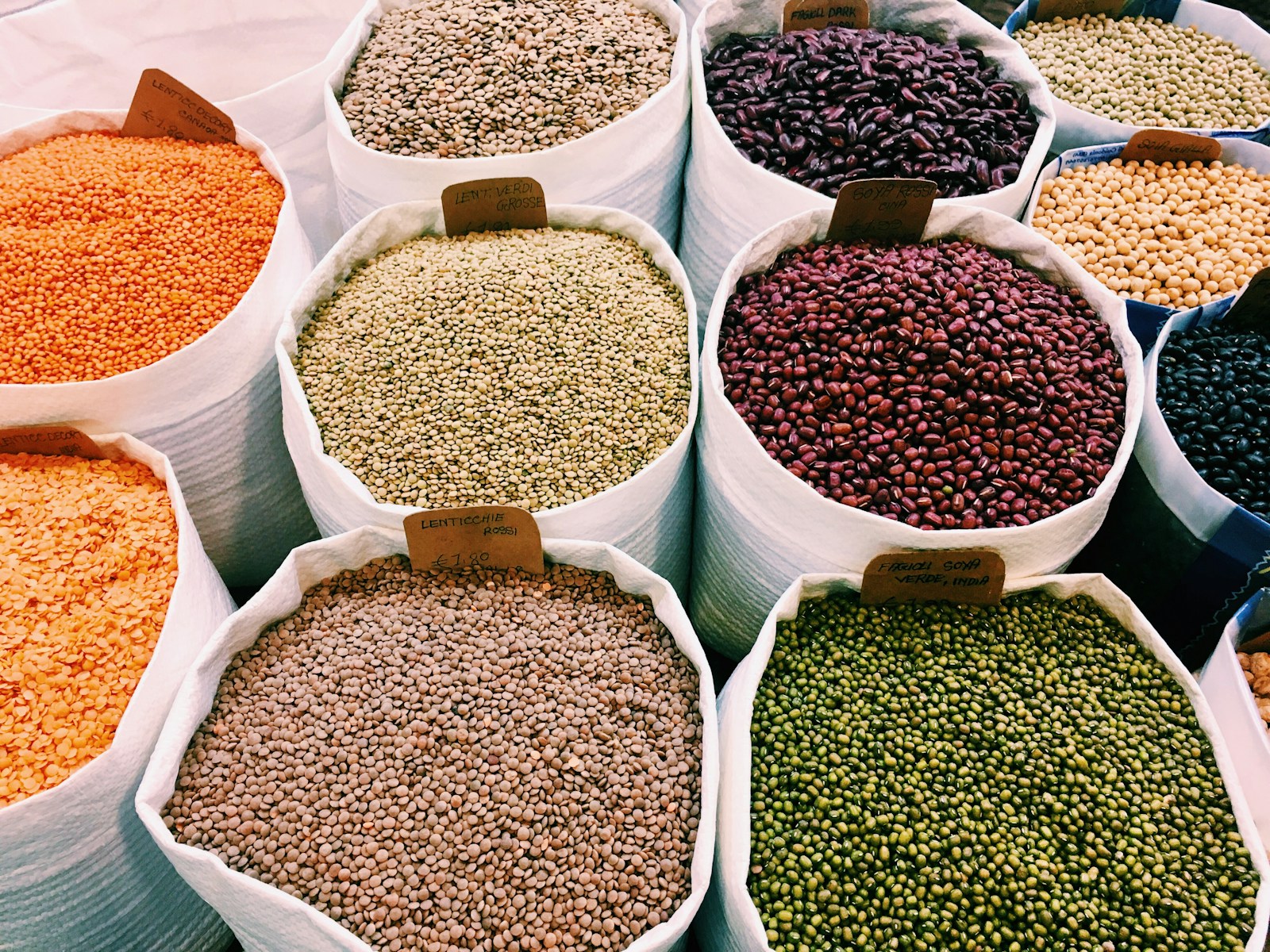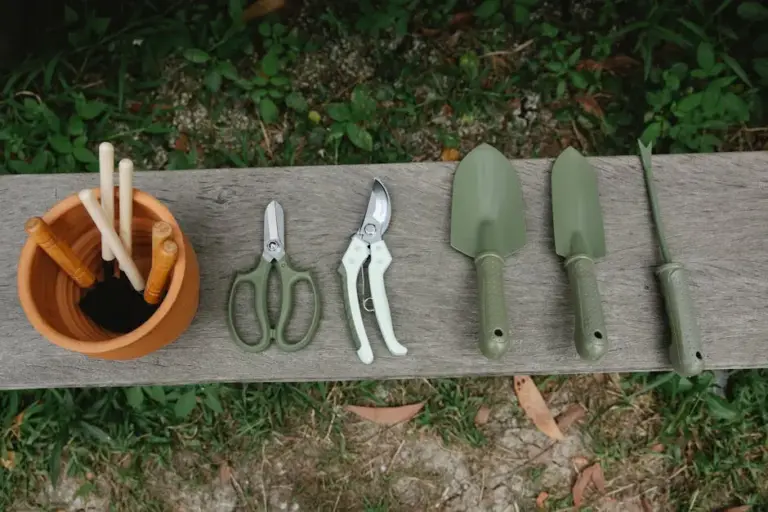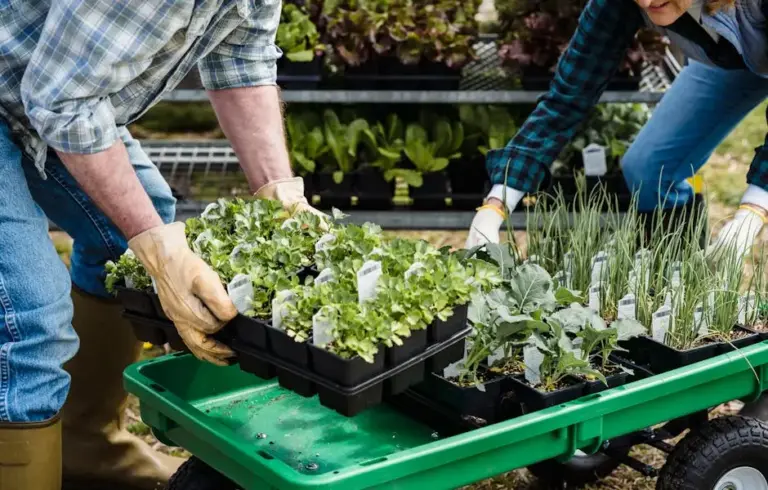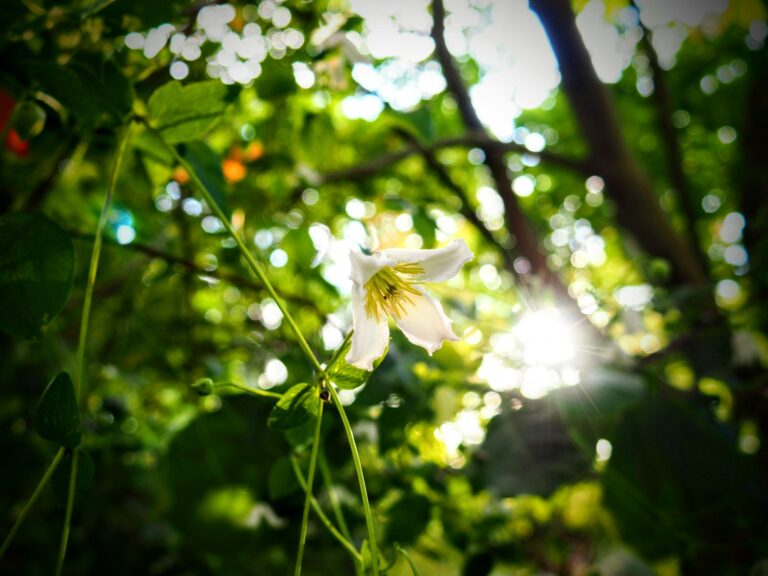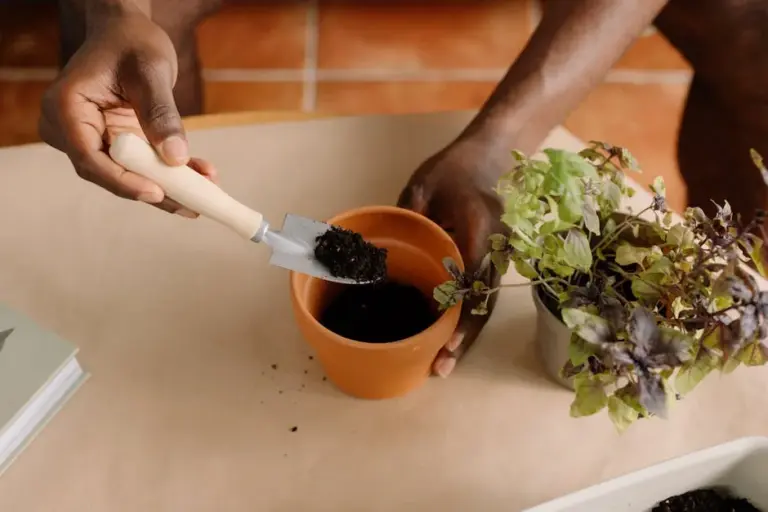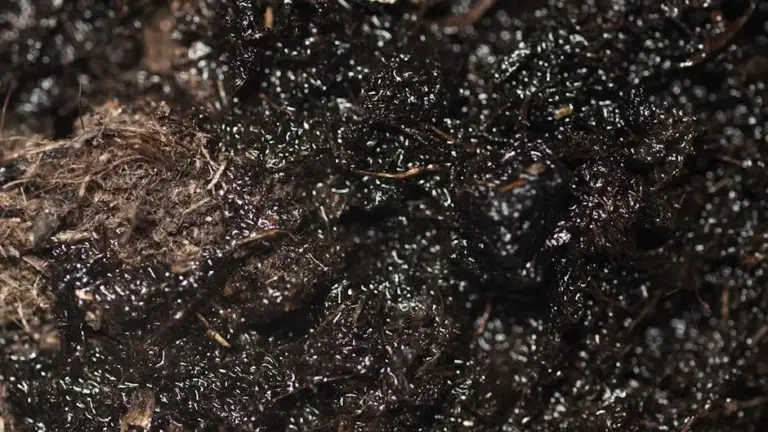Simple Mistakes New Gardeners Make When Buying Seeds and How to Avoid Them Easily
You walk into a store or browse online and see rows of colorful seed packets. It feels exciting, but picking the right ones can quickly get overwhelming. Many people just starting out with gardening end up with seeds that never sprout or plants that just don’t thrive.
Learning from common mistakes can help you avoid wasted time and money. Picking the best seeds for your situation sets your garden up for success.
Buying low-quality seeds
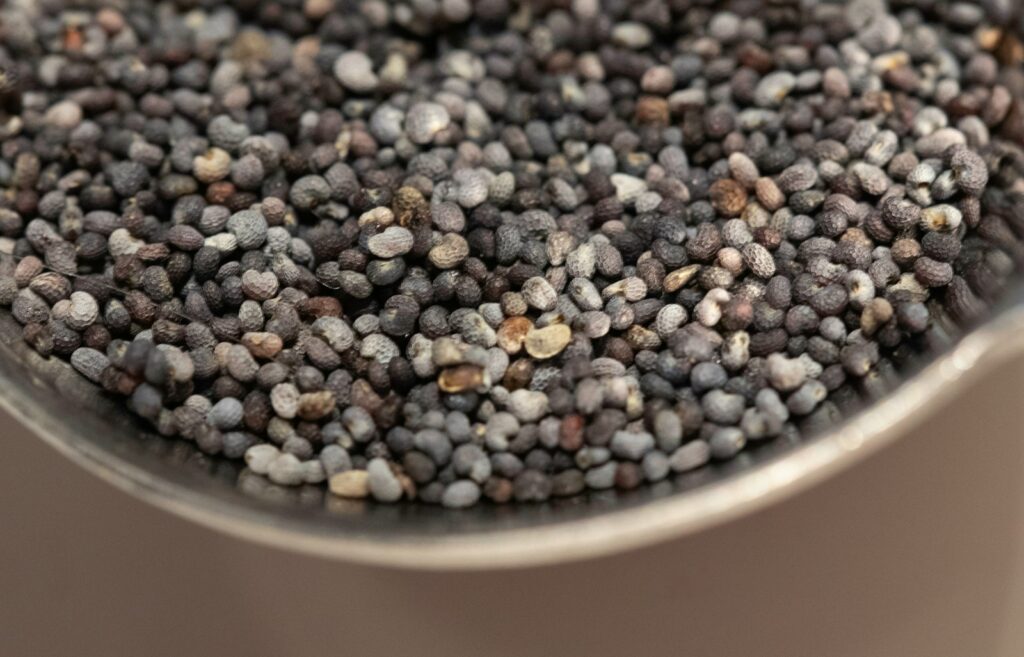
Low-quality seeds can lead to plants that do not grow well or do not sprout at all. Poor seeds often have low germination rates, so you may end up with empty spots where you hoped for flowers or veggies.
Check the seed packet for a recent pack date or expiration. Sometimes old or damaged seeds look fine but do not perform.
Stick with trusted sources for buying seeds. Quality seeds mean healthier plants and a better harvest.
Avoid seeds labeled as “untested” or “mixed.” These may not grow or could produce weak plants.
Ignoring seed expiration dates
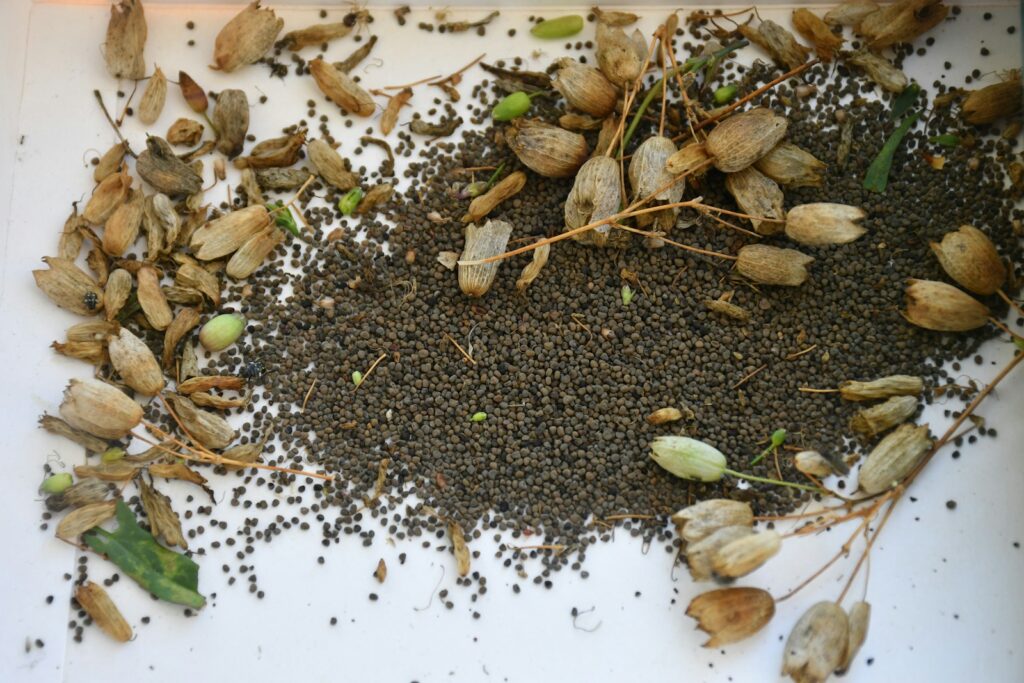
Always look for the expiration date on the seed packet. Seeds lose their ability to sprout as they get older.
Even if seeds look fine, older seeds might not be healthy enough to grow well. This can be disappointing when nothing comes up.
Keep seeds in cool, dry places to help them last longer. But remember, even well-stored seeds do not last forever.
If you are unsure about older seeds, try a simple germination test before planting them in your garden.
Purchasing seeds without a planting plan
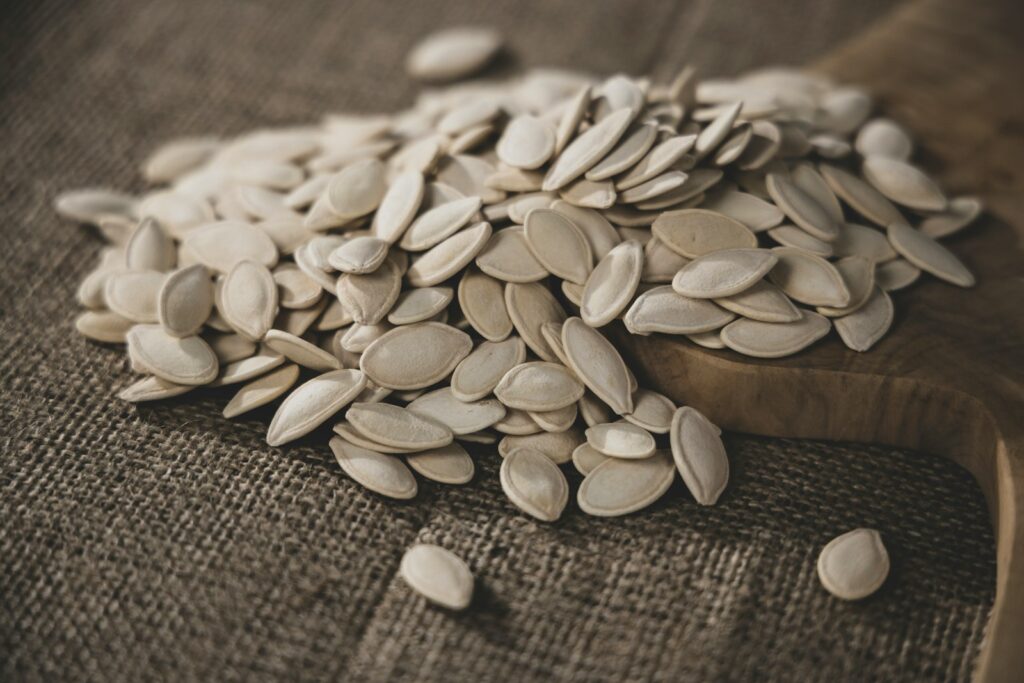
Buying seeds without a plan can leave you with too many or the wrong types for your space. You might end up with crowded beds or seeds that never get used.
Think about what you want to grow and where each plant will go before shopping. Consider the space and timing for each type of plant.
Check your climate and growing season before choosing seeds. Some need to be planted at certain times to grow well.
A bit of planning helps you buy only what you will use and keeps your garden organized.
Overbuying seed packets
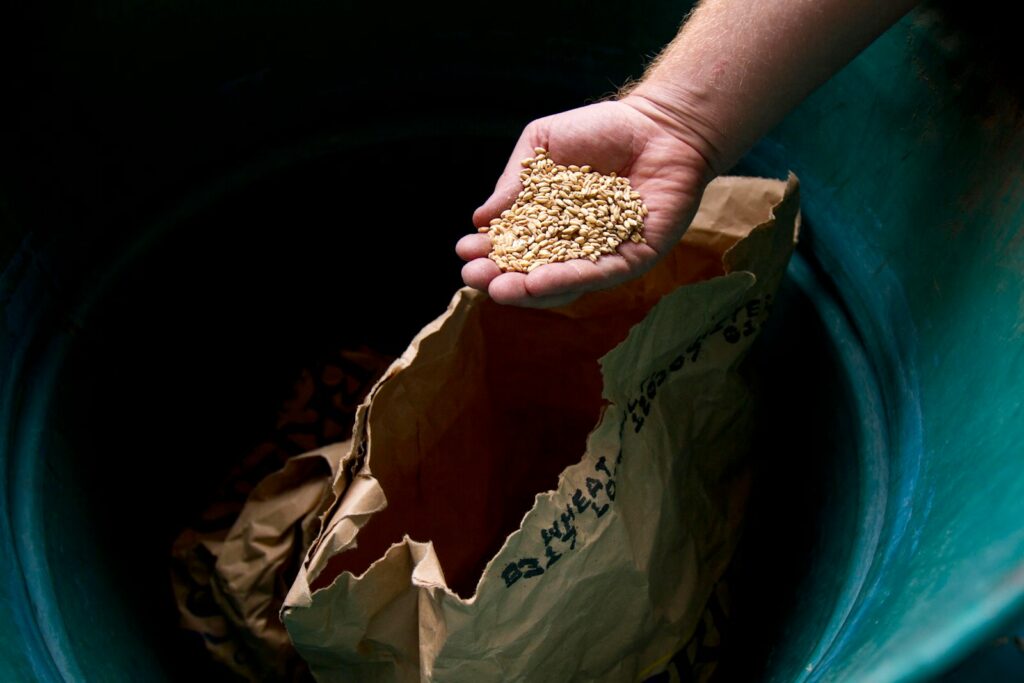
It is tempting to buy lots of seed packets, especially when everything looks interesting. But buying too many can lead to waste if you do not use them all.
Seeds that sit unused can lose their ability to grow. You might also run out of space to store them.
Before buying more, check what you already have. Look at their age and whether they are still good.
Planning ahead helps you buy just the right amount and avoid clutter.
Not checking seed packets for germination rates
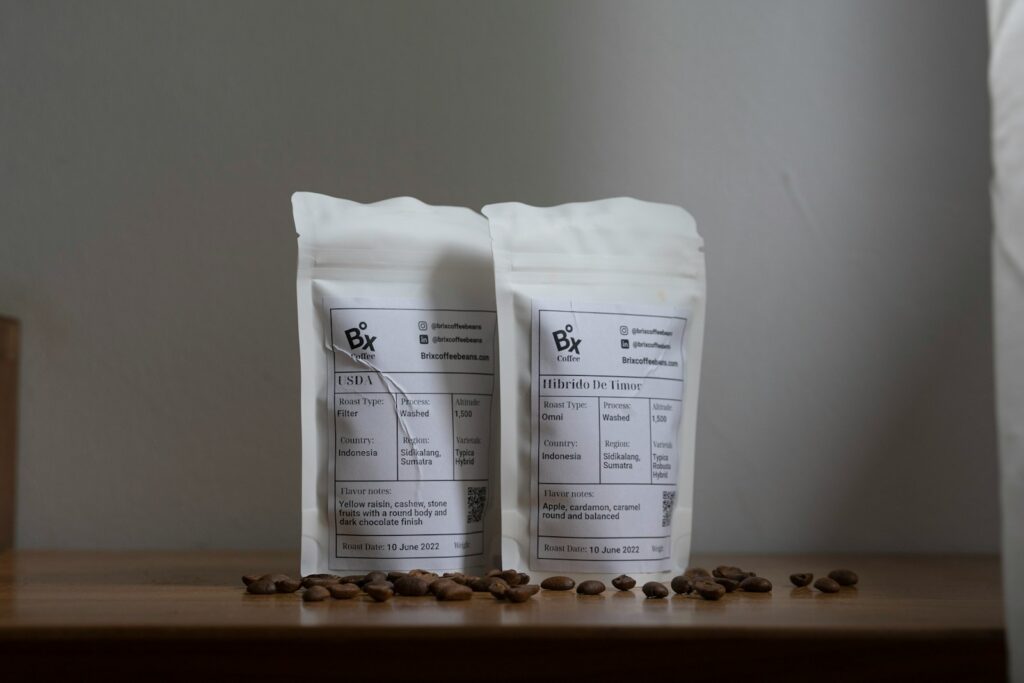
Always check the germination rate listed on the packet. This tells you what percentage of seeds should sprout under good conditions.
High germination rates mean better chances for more plants. Lower rates or older seeds might not perform as well.
Seed packets also show the packed or expiration date. Even if the rate looks good, old seeds can disappoint.
If you want to be sure, test a few seeds at home before planting the whole packet.
Forgetting to research plant hardiness zones
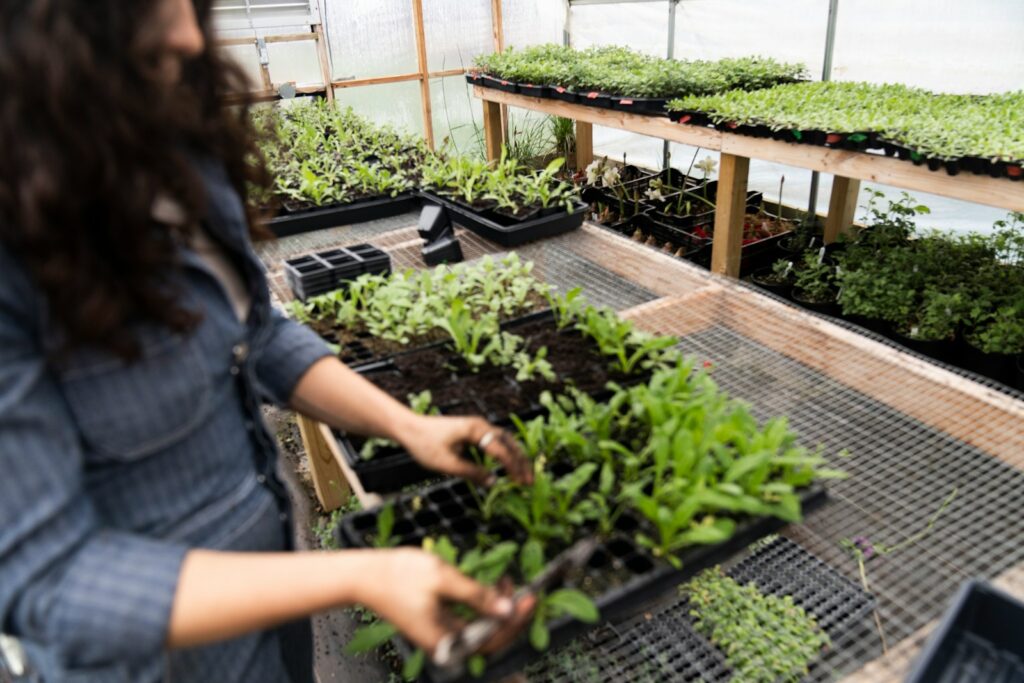
Not checking your plant hardiness zone is a common misstep. These zones help you know which plants will grow well in your area.
If you pick seeds not suited to your zone, they may struggle or not survive. Knowing your zone makes it easier to choose the right seeds.
You can look up your zone online quickly. This helps you avoid plants that will not handle your local weather.
Buying seeds unsuitable for the local climate
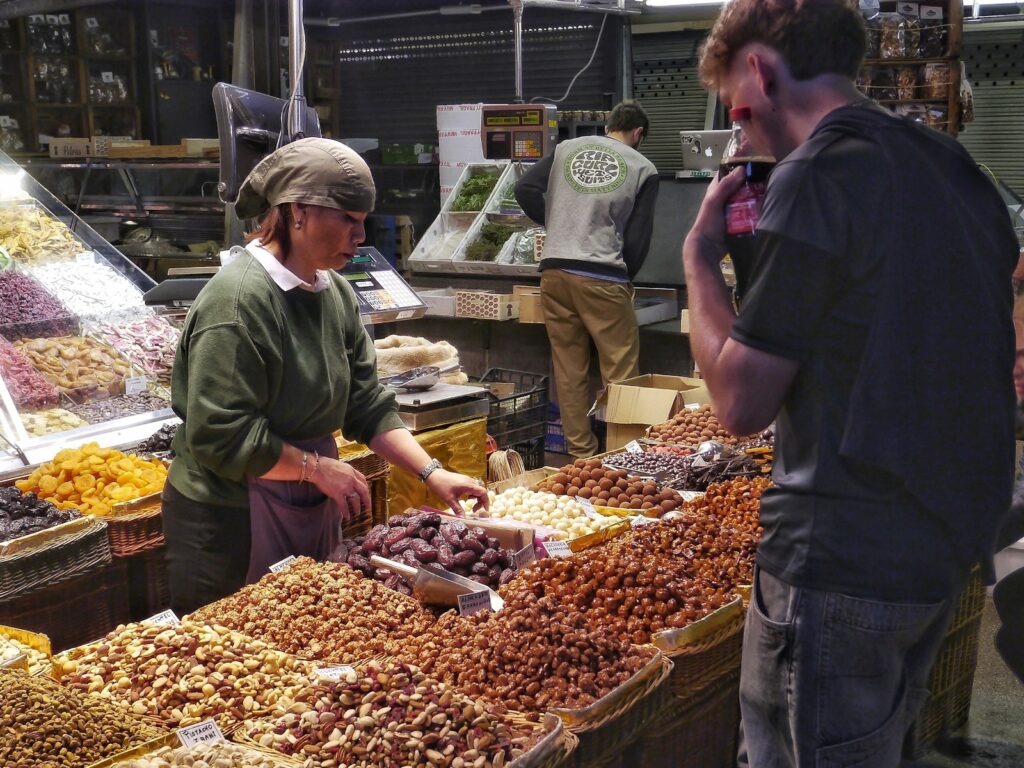
Buying seeds that do not fit your local climate can lead to disappointment. Plants need the right temperature, sunlight, and rainfall to thrive.
Some seeds are meant for warm, long seasons, while others do best in cooler areas. Check the seed packet or supplier’s details for climate info.
Pay attention to how long your growing season lasts. Choosing seeds that fit your season helps your plants succeed.
By picking seeds right for your area, you give your garden a better shot at strong, healthy growth.
Neglecting to read seed packet instructions
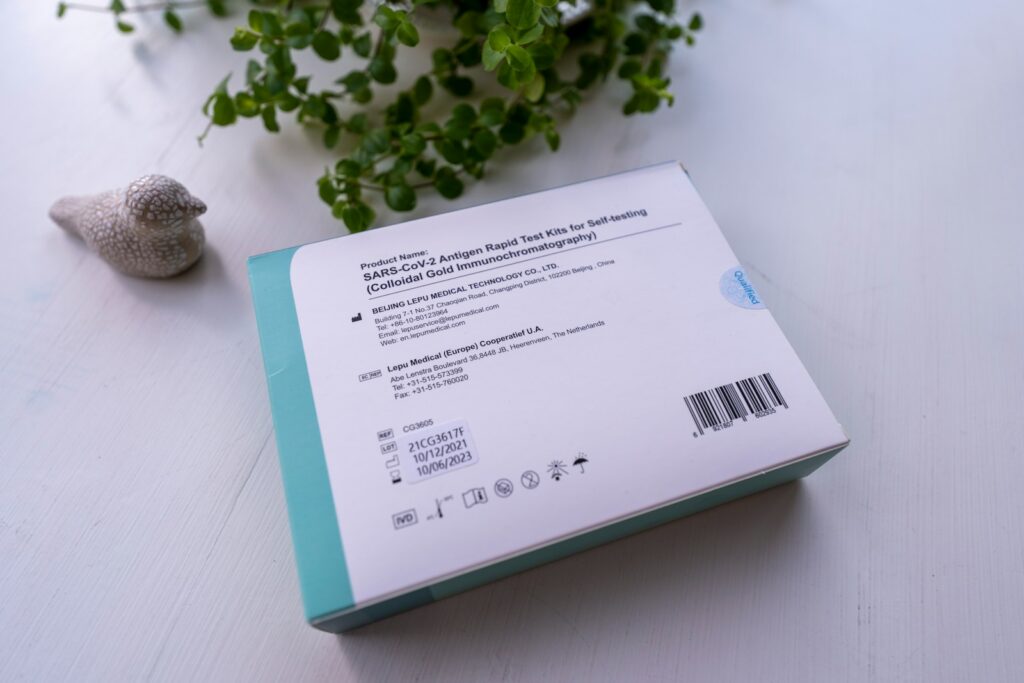
It is easy to skip the instructions on the seed packet, but those details matter. The packet tells you how deep to plant, how far apart, and how much light the seeds need.
Planting seeds too deep or too shallow can stop them from growing. Some seeds also need special care before planting.
Take a few moments to read the instructions before you start. It can save you a lot of trouble later.
Ignoring seed treatment needs like soaking or scarification
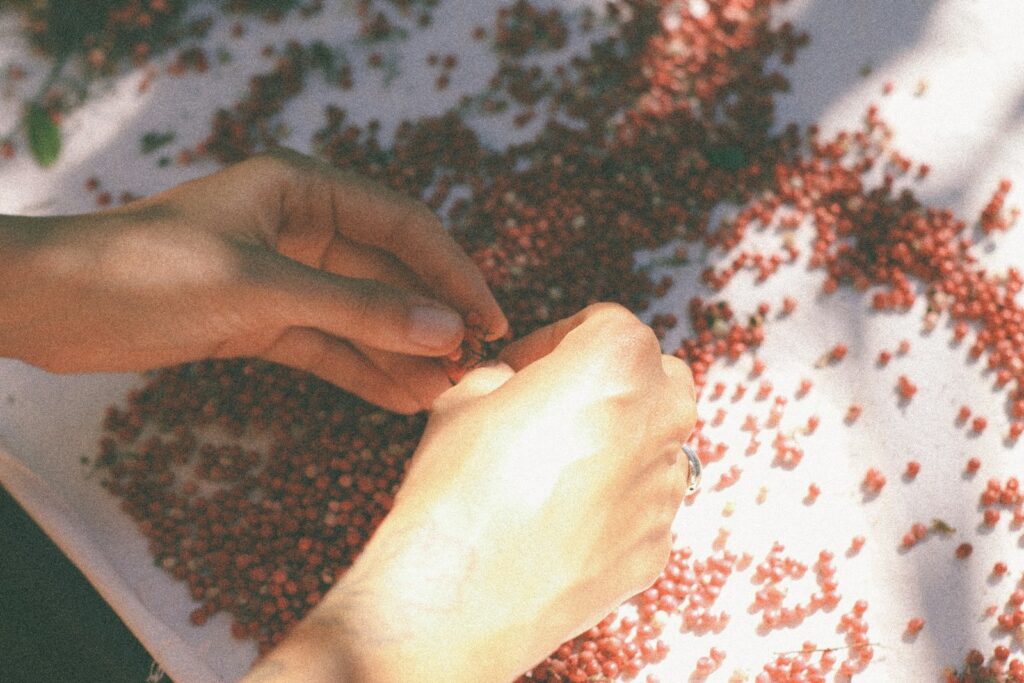
Some seeds need special treatment before planting, like soaking or scarification. Seeds with hard coats often need a little help to sprout.
Scarification means gently scratching or nicking the seed coat. Soaking seeds in water can also speed up germination.
Not all packets mention these steps, so it helps to check what your seeds need. Giving seeds the right treatment gives them a better chance to grow.
Skipping seed variety comparisons
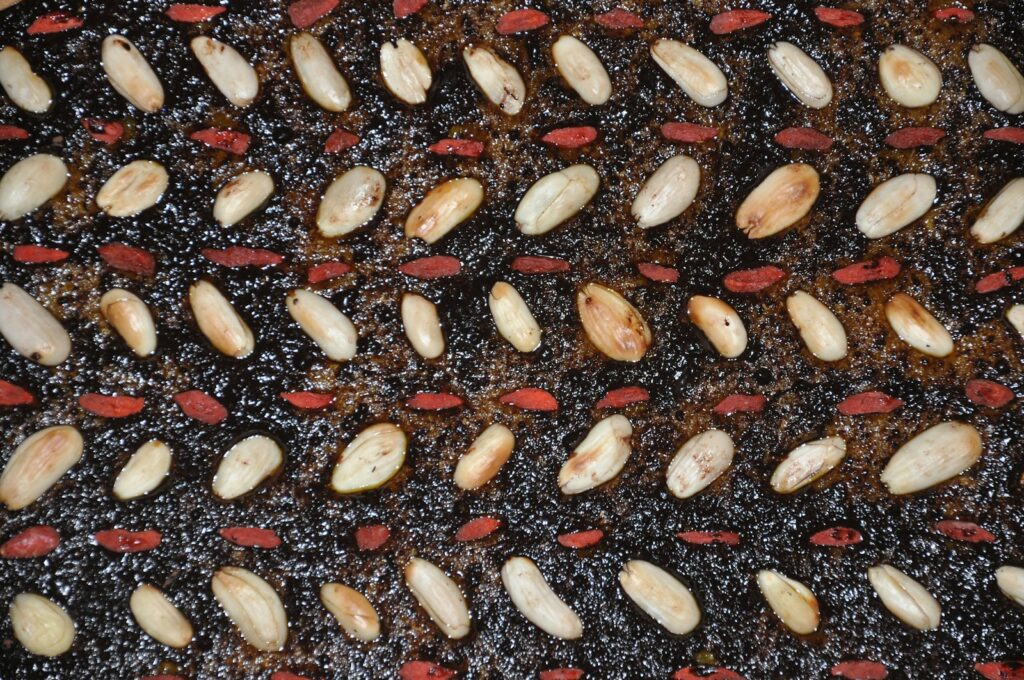
Grabbing the first seed packet you see is easy, but not all varieties are the same. Different types can vary in size, taste, and how much care they need.
Comparing varieties helps you pick seeds that fit your space and climate. Some resist pests better or produce more food or flowers.
Look at traits like growth time, disease resistance, and plant size before buying. A little research can make a big difference in your garden.
How to Choose Quality Seeds

Choosing the right seeds can set your garden up for a great season. Understanding seed labels and knowing where to buy can help you avoid problems.
Understanding Seed Labels

Seed packets include important info. Check the germination rate to see how many seeds will likely sprout.
Look for the packaging date to make sure seeds are fresh. Older seeds may not grow as well.
You might see terms like heirloom, hybrid, or organic. Heirlooms grow true to type, hybrids are bred for certain traits, and organic seeds are grown without synthetic chemicals.
Some seeds are treated or coated for protection. If you want an organic garden, look for untreated seeds.
Where to Source Seeds Safely

Buy seeds from reputable nurseries, garden centers, or trusted online sellers. This helps you get seeds that are true to their description and likely to grow well.
Look for sellers with clear info and good customer support. Local seed exchanges can be a great way to find seeds suited to your region.
Choosing reliable sources means you are less likely to waste money on seeds that will not grow.
Planning for Success

Picking seeds that fit your local weather and storing them the right way gives you a head start. These steps help you avoid wasted money and keep your seeds healthy until planting time.
Matching Seeds to Your Climate
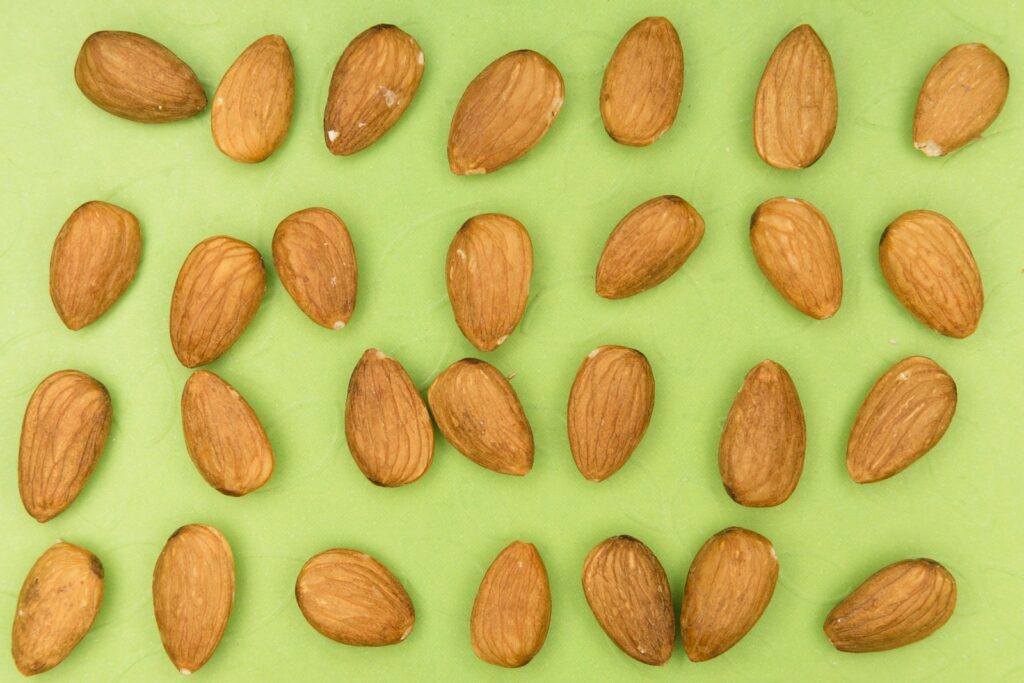
Choose seeds suited for your growing zone. Seeds thrive when matched to your area’s temperature, rainfall, and season length.
Check your hardiness zone before you shop. Seed packets often list the zones they are best for.
Think about how long your growing season lasts. Some seeds need more time to sprout and grow.
Using seeds adapted to your area helps your plants resist local pests and diseases. You are more likely to see strong growth and a better harvest.
Storing Seeds Properly
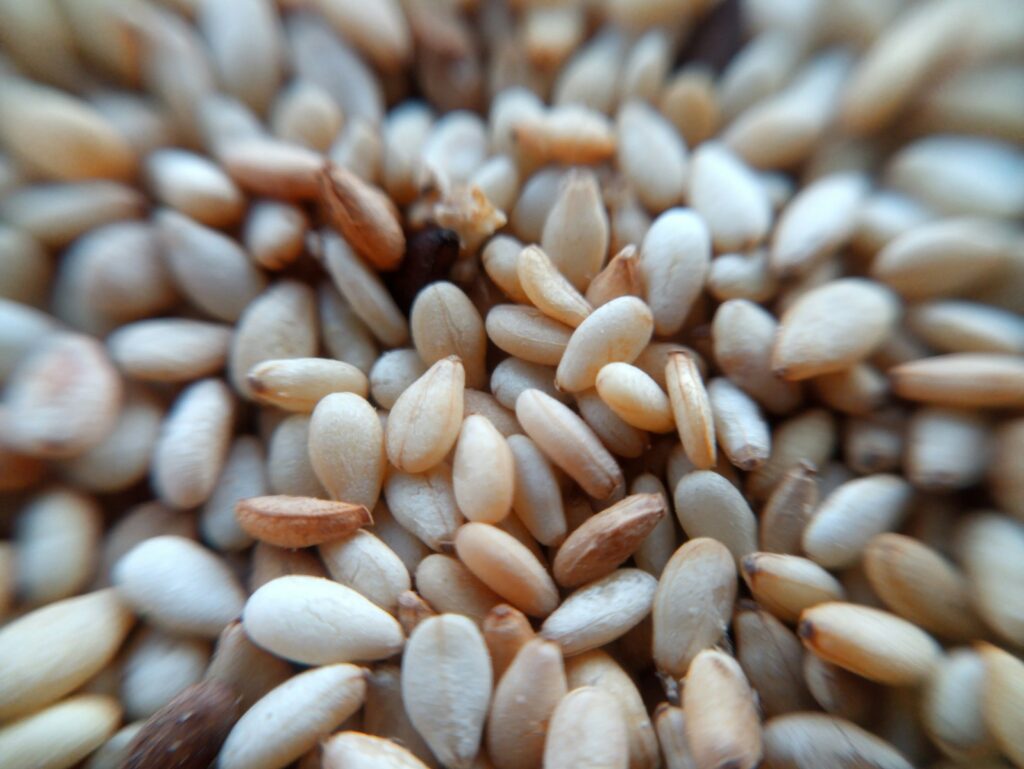
Ever found old seed packets and wondered if they are still good? Storing seeds the right way can make all the difference for next season’s garden.
Choose airtight containers such as glass jars or sealed plastic bags. Toss in a packet of silica gel or a bit of dry rice to help keep moisture out.
Find a spot that is cool, dry, and dark. Avoid places near heat sources or windows, since temperature changes can shorten a seed’s life.
Label your containers with the seed type and the date you bought them. This makes it easy to keep track of what you have on hand.
Most seeds last one to three years, though some may keep longer or shorter depending on the plant. If you are unsure about older seeds, try planting a few to see if they sprout.

